Ray Tuck is a breeder of Australian and Foreign finches, based in Kempsey, New South Wales. Below are half a dozen photos of his amazing planted aviary setup, sourced from Macleay Valley Aviaries—his personal website.
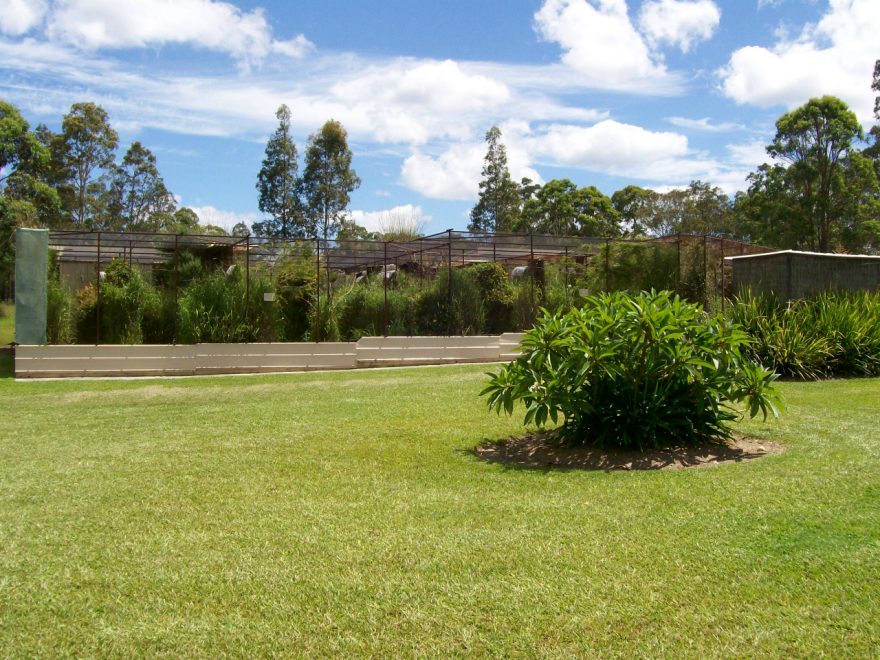
You’ll immediately notice that the aviary has a smooth metal base-plate all the way around it. This is to prevent mice, rats and snakes from being able to enter the aviary. While mice are able to squeeze through most finch-sized wire mesh, they can’t climb up a vertical smooth surface.
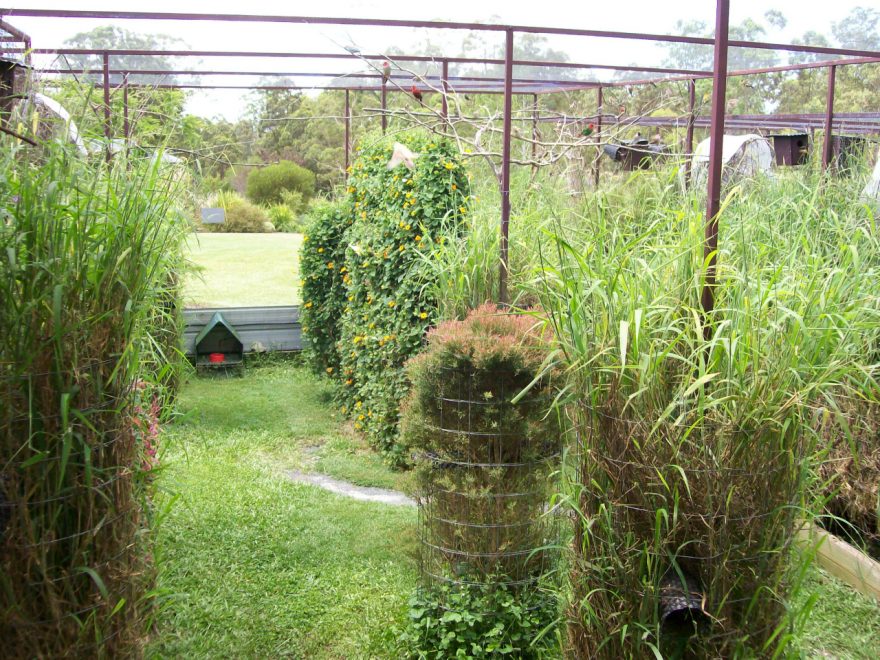
Wire cylinders are used to contain the growth of thick shrubs. This provides the birds with dense natural nesting locations, but doesn’t allow the plants to become unmanageable large.
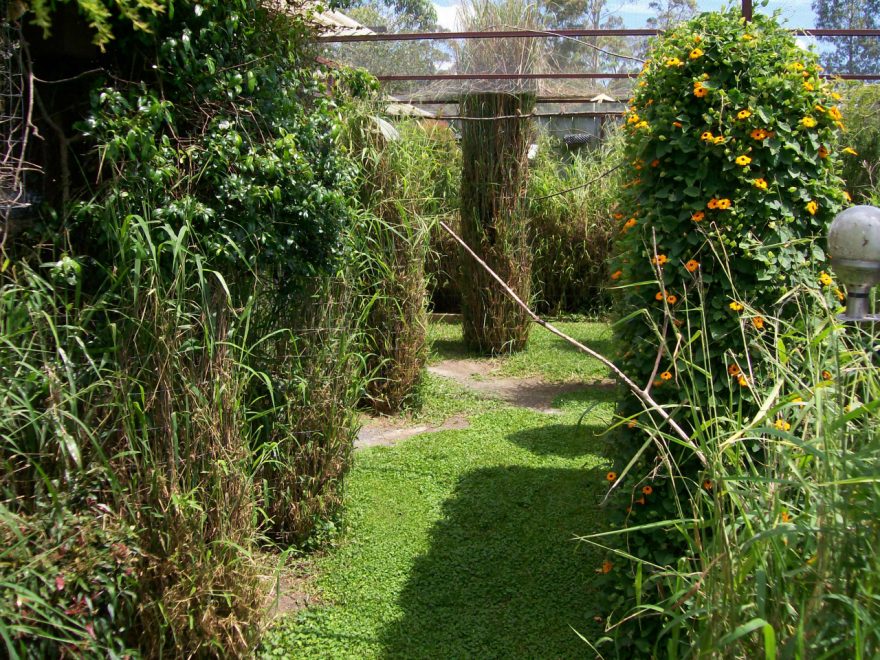
Bamboo growing through the roof mesh can cause damage if not properly maintained. There are several reasons why an aviary owner may wish to allow plants to grow in the manner. The most common is to prevent predatory wild birds (eagles, butcher birds, etc) from being able to swoop down and fly horizontally across the roof. The protruding plant interrupts their flight path and forces them to go upwards, giving the finches inside an opportunity to seek cover.
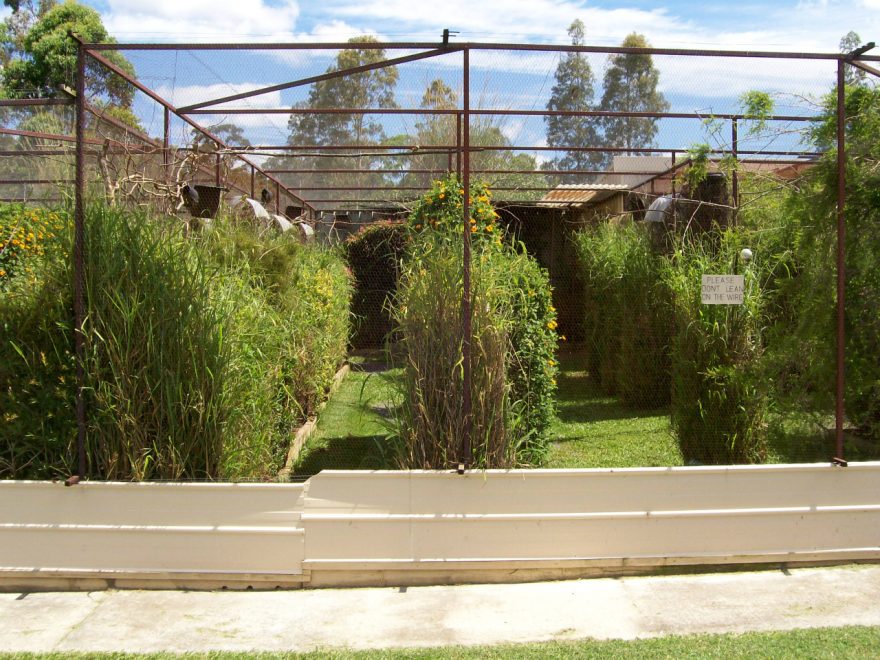
As you can see, towards the back of the aviary there are fully-enclosed sections that allow the birds to escape weather extremes. Having smaller areas that can be isolated makes it possible to catch birds.
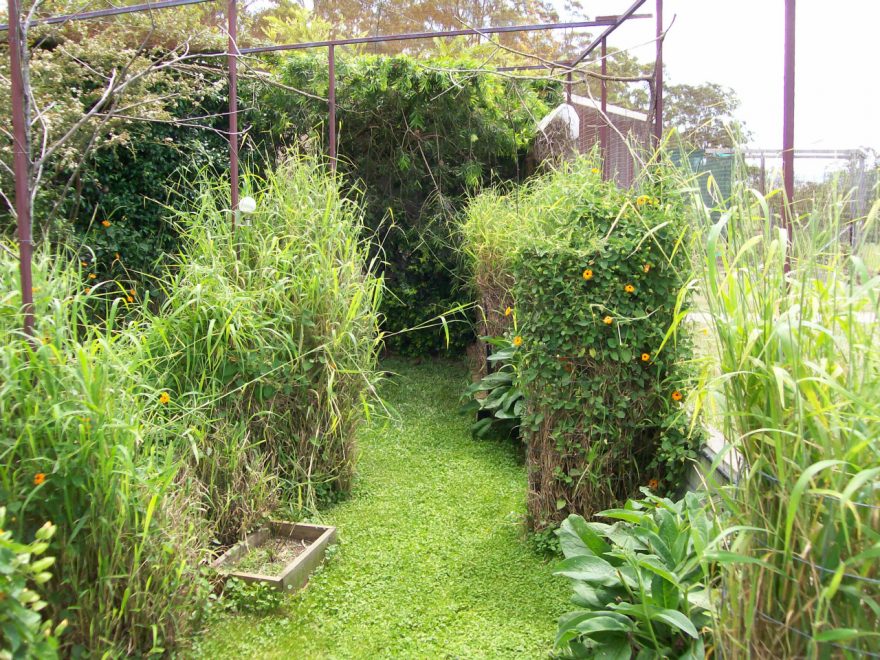
You’ve probably noticed by now that the aviary is extremely sparsely populated. All birds do better when they’re able to establish good sized territories. Overcrowding is arguable the biggest cause of poor breeding results in aviary situations. This aviary, while likely still including dozens or even hundreds of birds, likely experiences excellent breeding results because Ray strictly controls the population of the birds contained within.
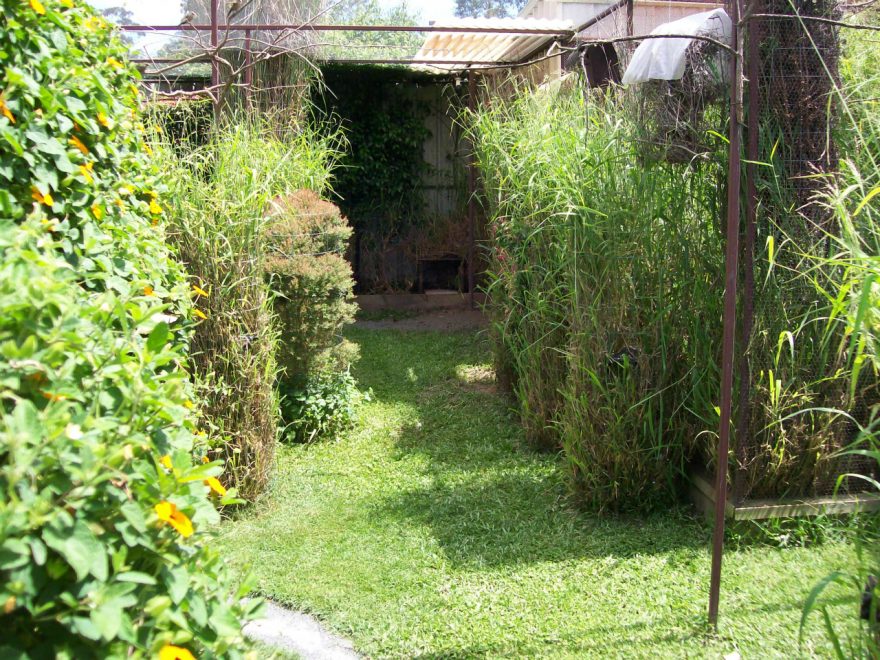
A significant number of the plants are seeding grasses. This provides the birds with a near-endless supply of nutritious green seed, just as they would experience in the wild. Green seed, as you probably know, if far healthier than the dried varieties bought at pet stores.
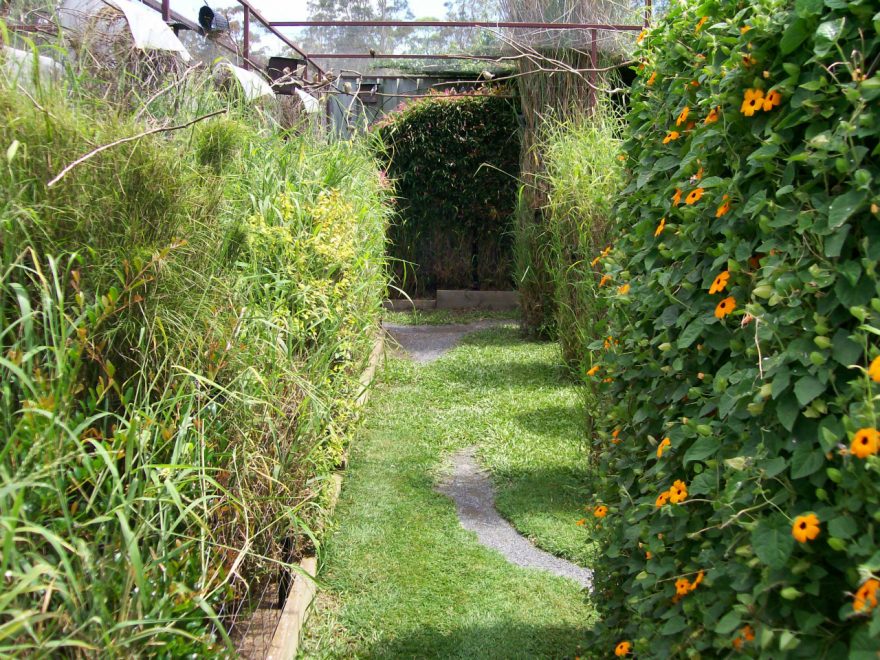
So that’s all of them. Pretty awesome, huh? There’s even more great photos of Ray’s aviary setup available for viewing on his website.